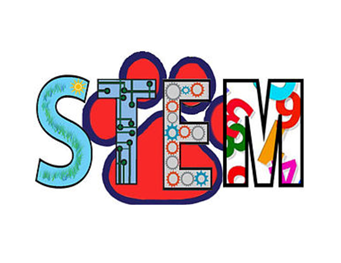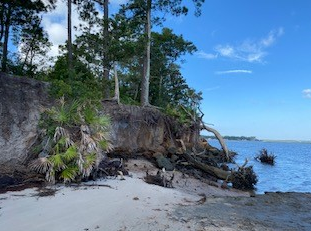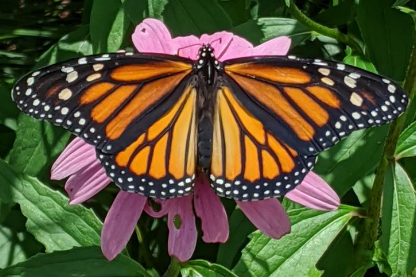STEM

St. Marys Middle School uses Math and Literacy Design Collaborative and Problem Based Learning to support STEM (Science, Technology, Engineering and Math) components in all curriculum areas.
SMMS STEM Vision Statement
The SMMS Vision is to prepare learners for the demands of the 21st-century workforce by maximizing the individual potential in all students through a challenging and engaging STEM interdisciplinary project-based curriculum.
6th Grade Long-Term PBL: Coastal Hazards and Community Resilience
Camden County has been experiencing an increase in high tide flooding and impacts from the increased frequency and intensity of storms caused by sea level rise and the changing climate. Camden County is working with the Nature Conservancy to improve community resilience to events and minimize impacts. Students will be working on ways to assist the community in developing solutions to flooding and erosion by working with Camden County Community Resilience Coordinator, Crooked River State Park, and other local organizations.

7th Grade Long-Term PBL: How might we create a sustainable pollinator habitat?
Students will learn about pollinators, plants, birds, and garden related insects that are native to this part of Georgia. Students will become “experts” on a pollinator they adopt for the year. With the knowledge they gain through research and study, they will engage in several design and create projects, such as, creating a survival game, building a bug hotel, growing native plants, designing gardens, raising butterflies, and creating and maintaining a class garden plot. Many of these activities will be accomplished with the support from our community partners.

8th Grade Long-Term PBL: The Blue Bridge Project
A significant structure for both engineering and historical reasons, the St. Mary's River Bridge (aka The Blue Bridge) has played a crucial part in opening Florida to tourists and settlers from northern areas and enabled Jacksonville to become a gateway to Florida's Atlantic Coast. Today, the Blue Bridge serves as an alternate route for I-95 traffic between Georgia & Florida. The bridge is also part of a national biking pathway called the East Coast Greenway. The East Coast Greenway connects 15 states, 450 cities/towns, and 3,000 miles of trails from Maine to Florida —the country’s longest biking and walking route.
The narrowness of the Blue Bridge and its lack of a bicycle/pedestrian lane, make it an unsafe hindrance for larger vehicles, bicyclists, and pedestrians. Students will take on the role as a structural engineer to restructure the Blue Bridge to provide safe passage for all modes of traffic.
How can we restructure the Blue Bridge to create safe passage for all types of traffic (cars, pedestrians, bicyclists) between Georgia and Florida?

